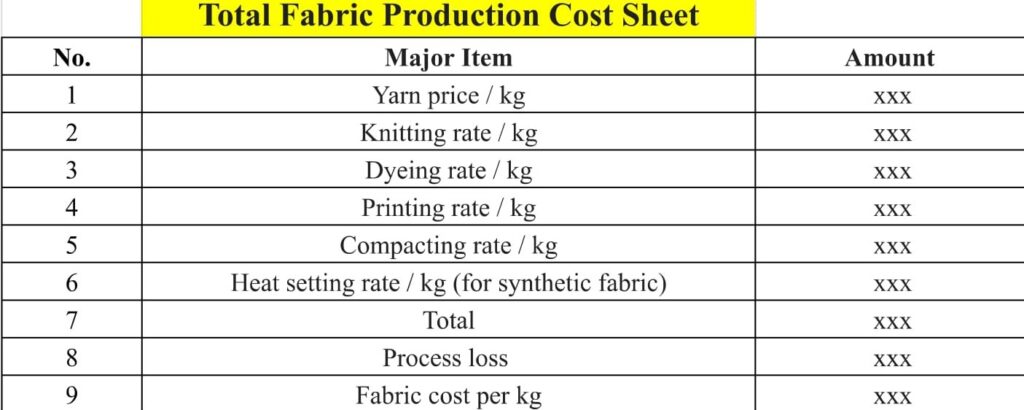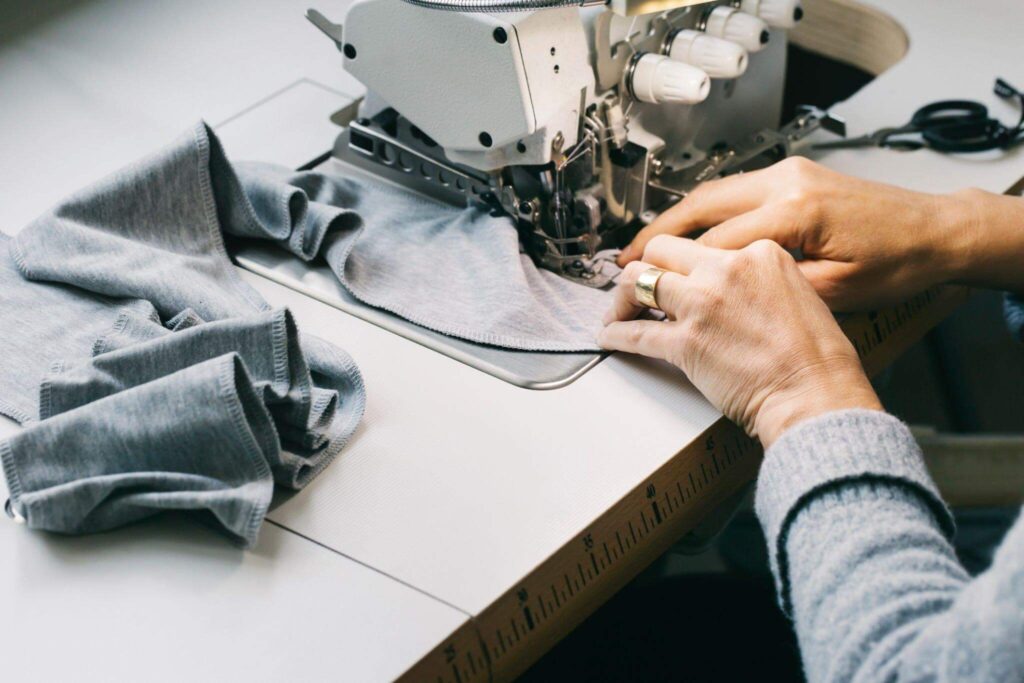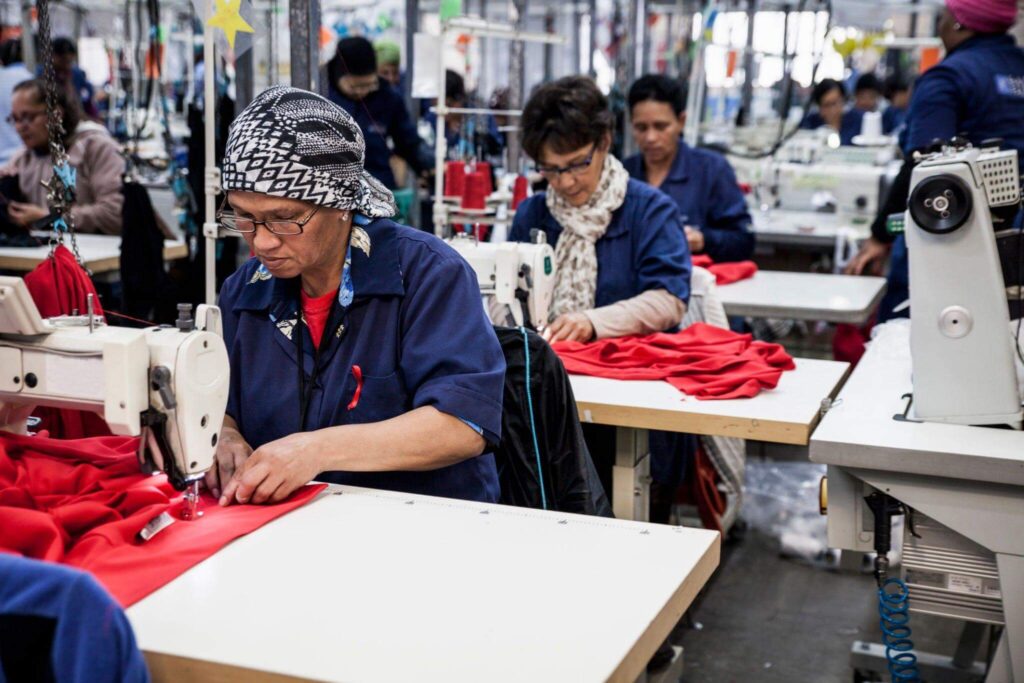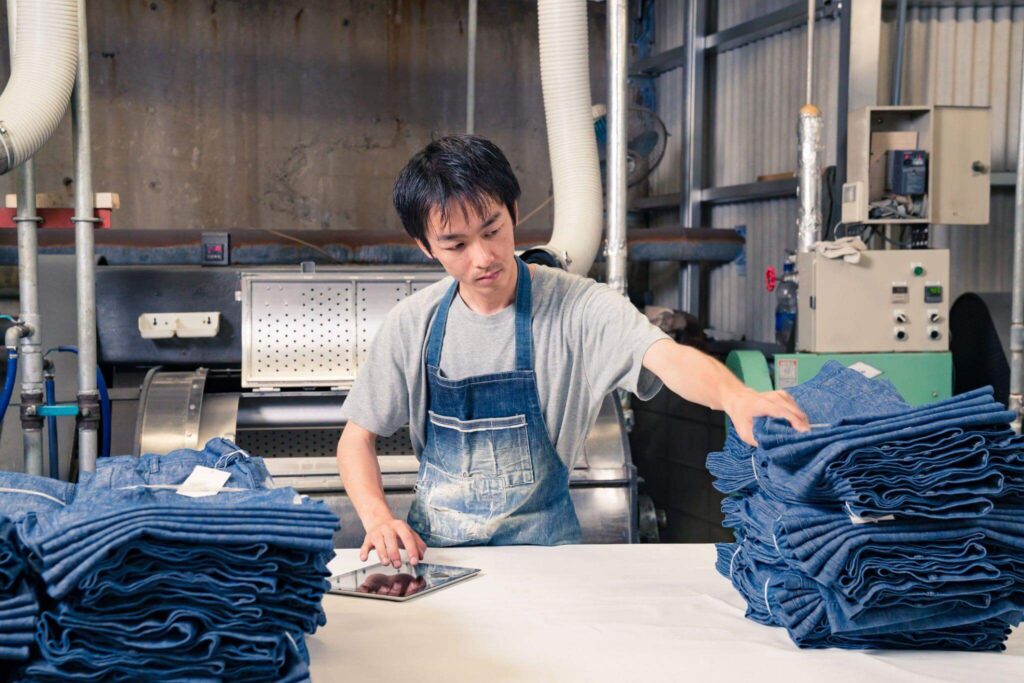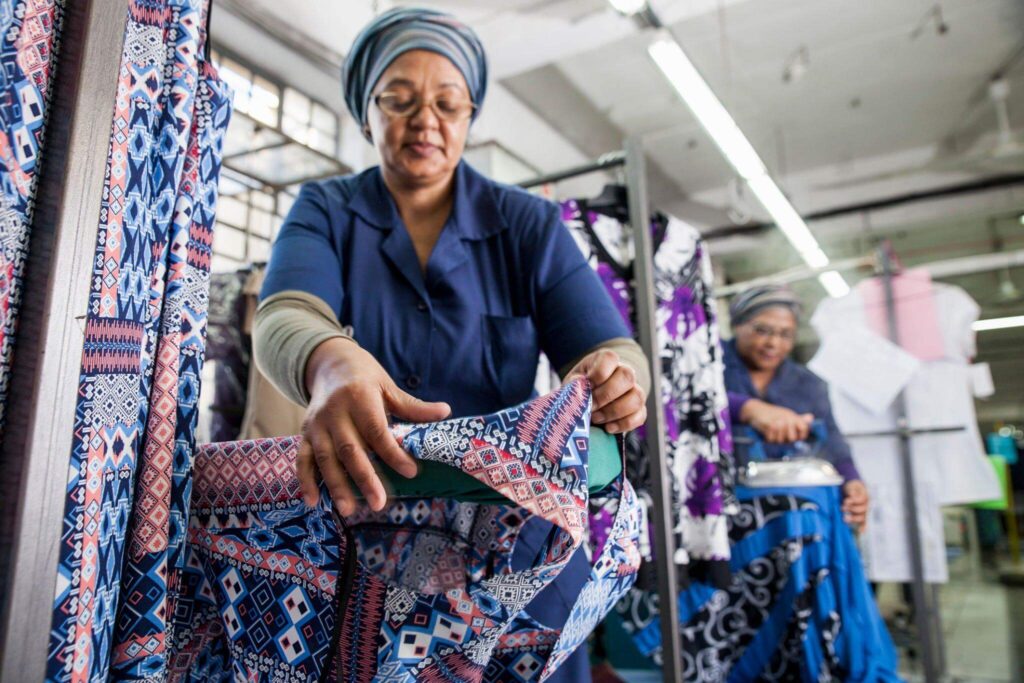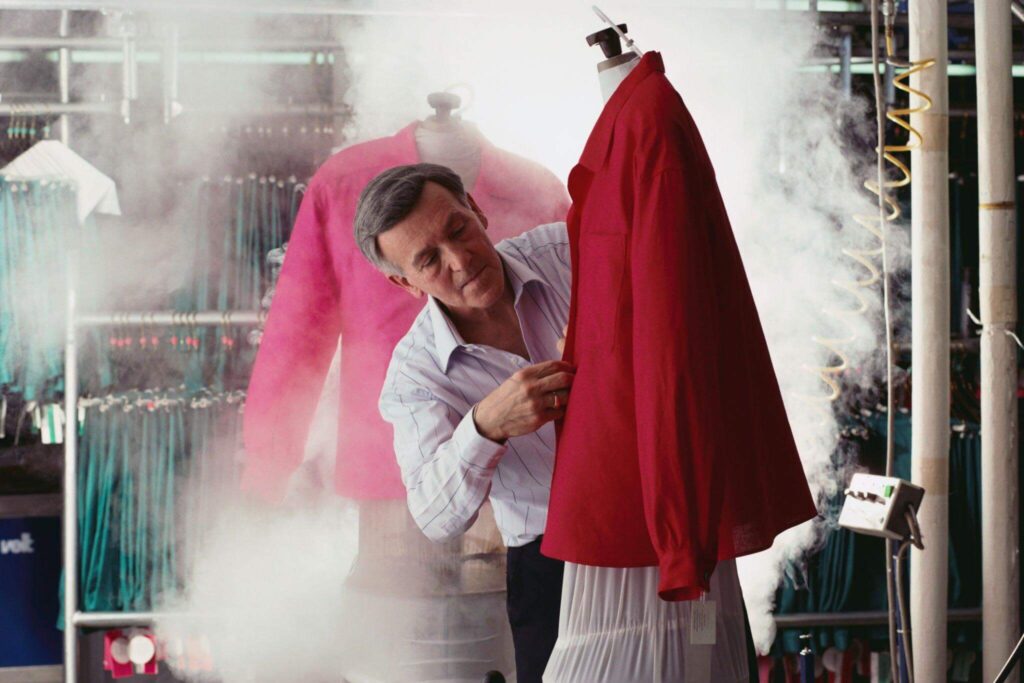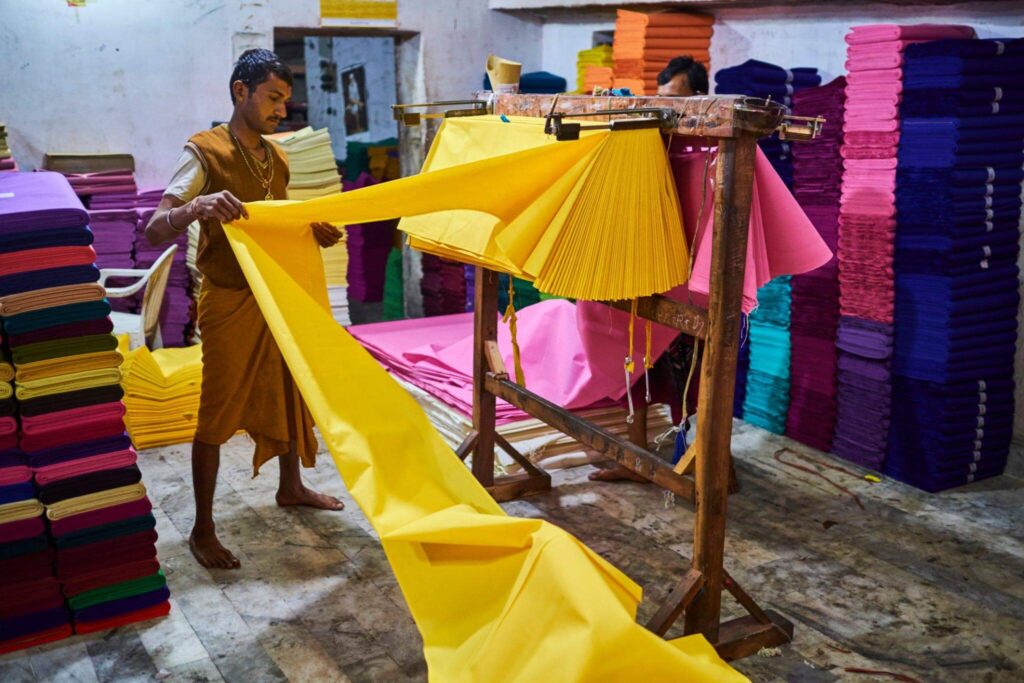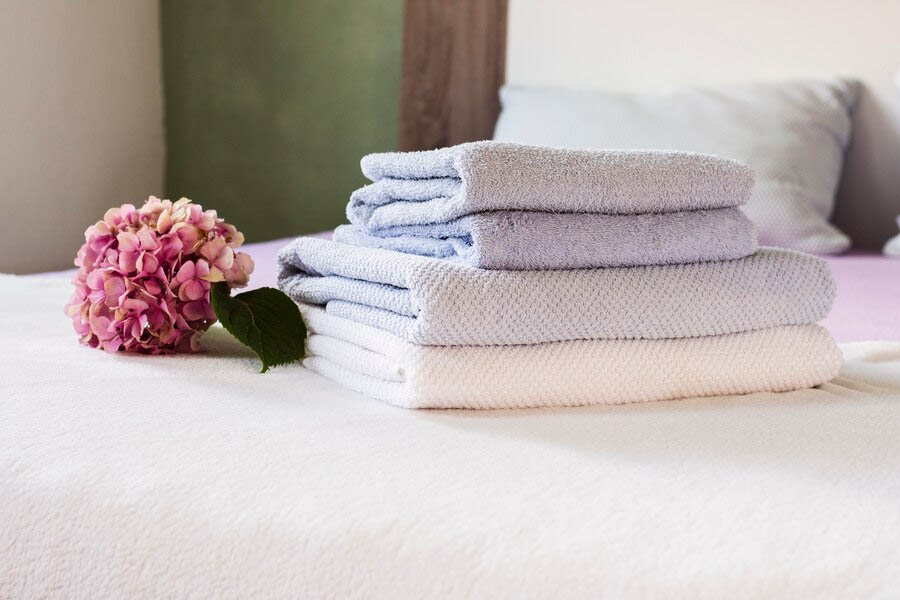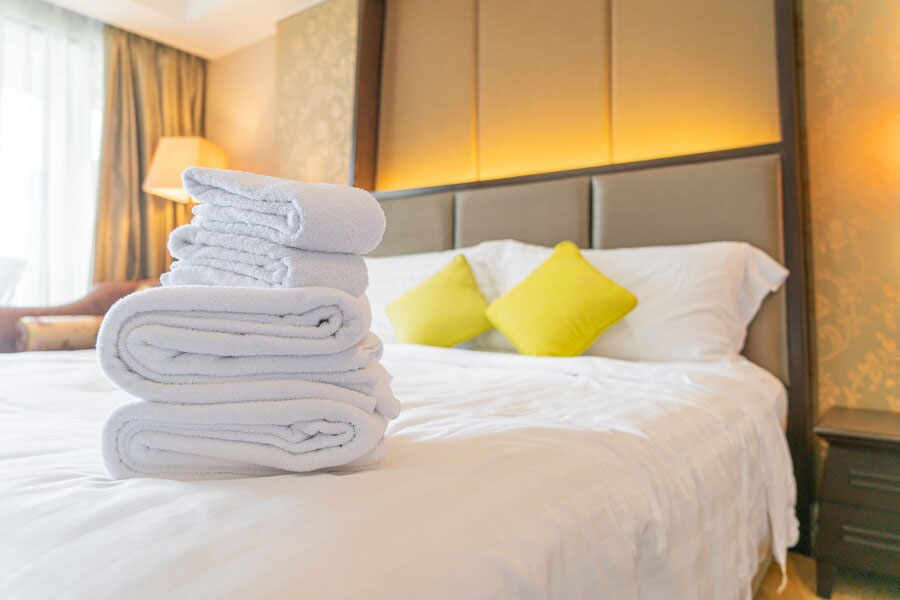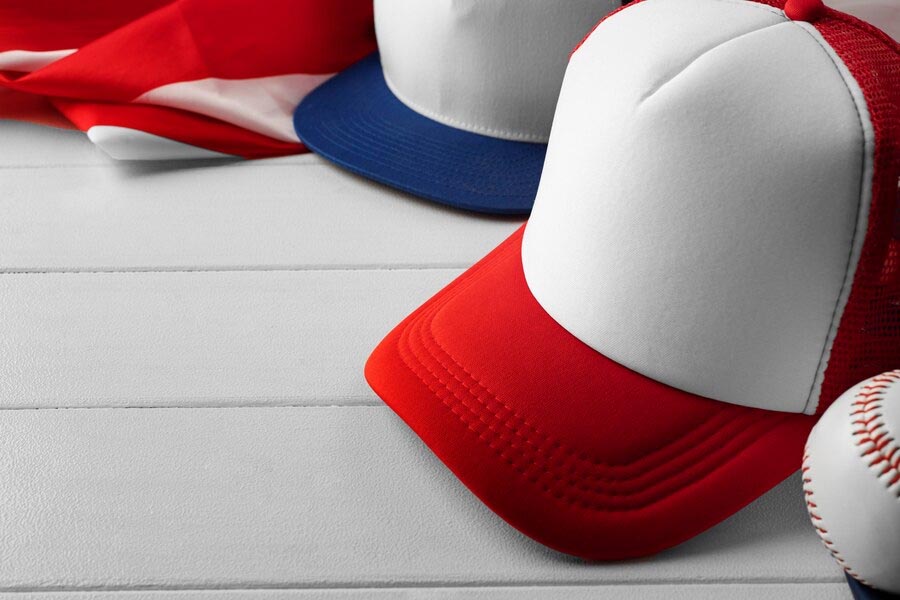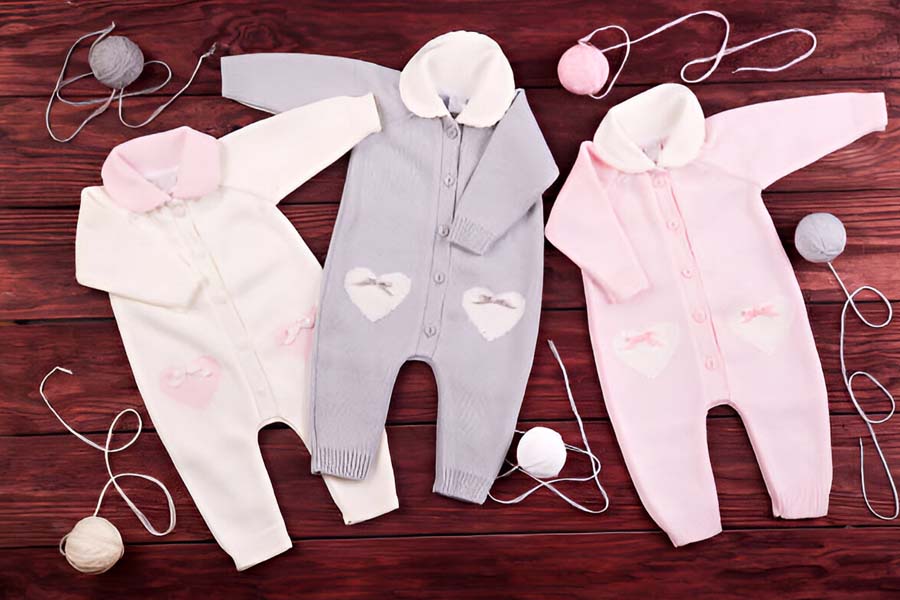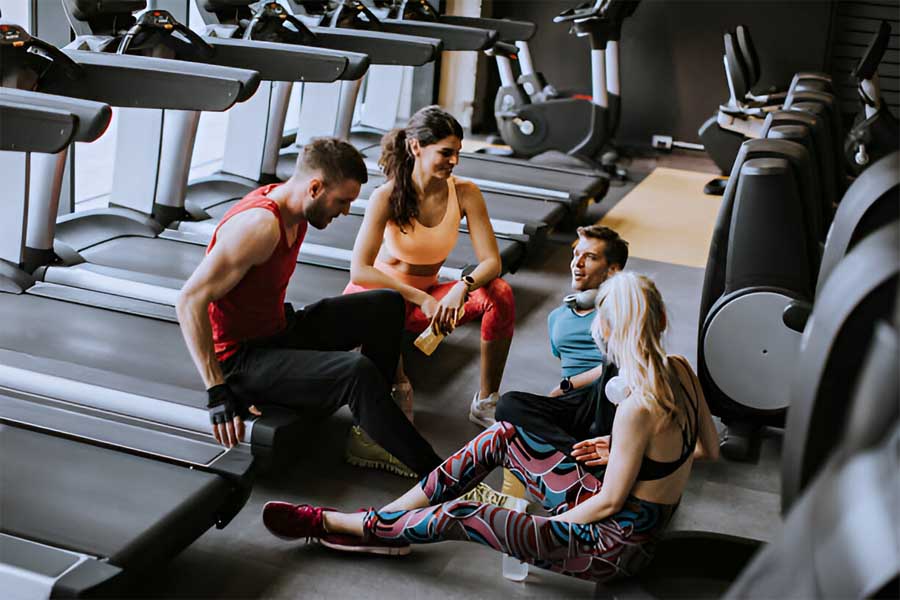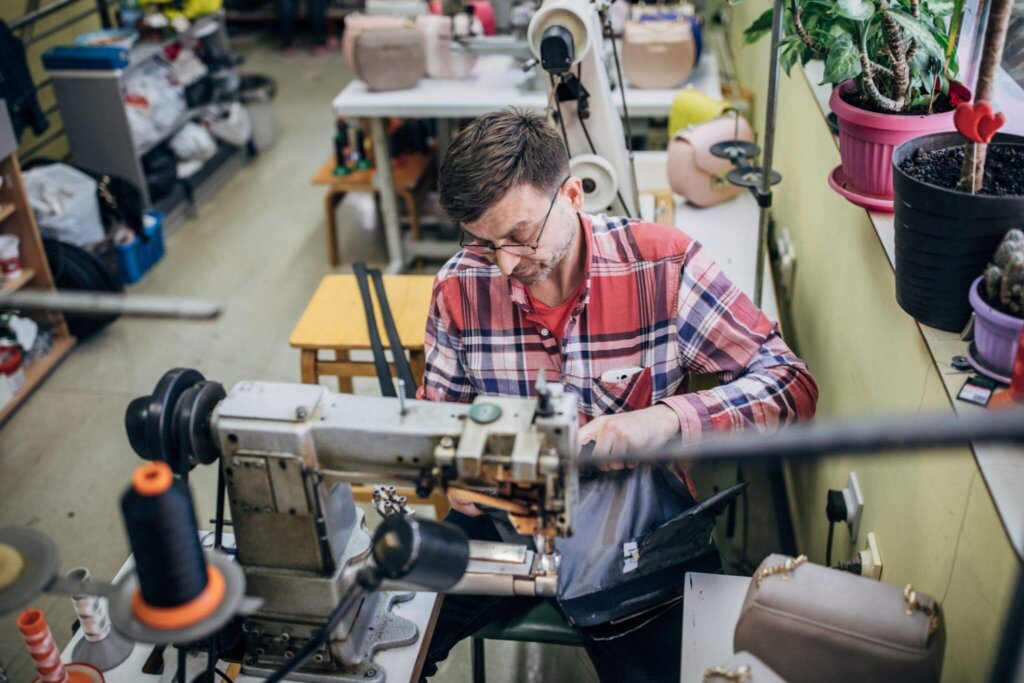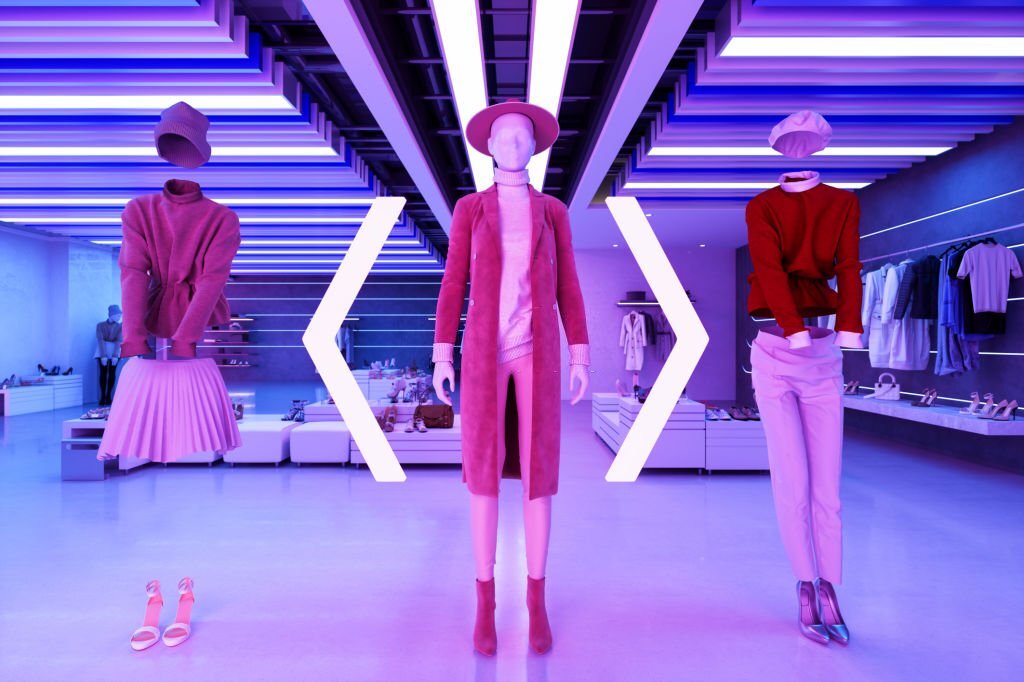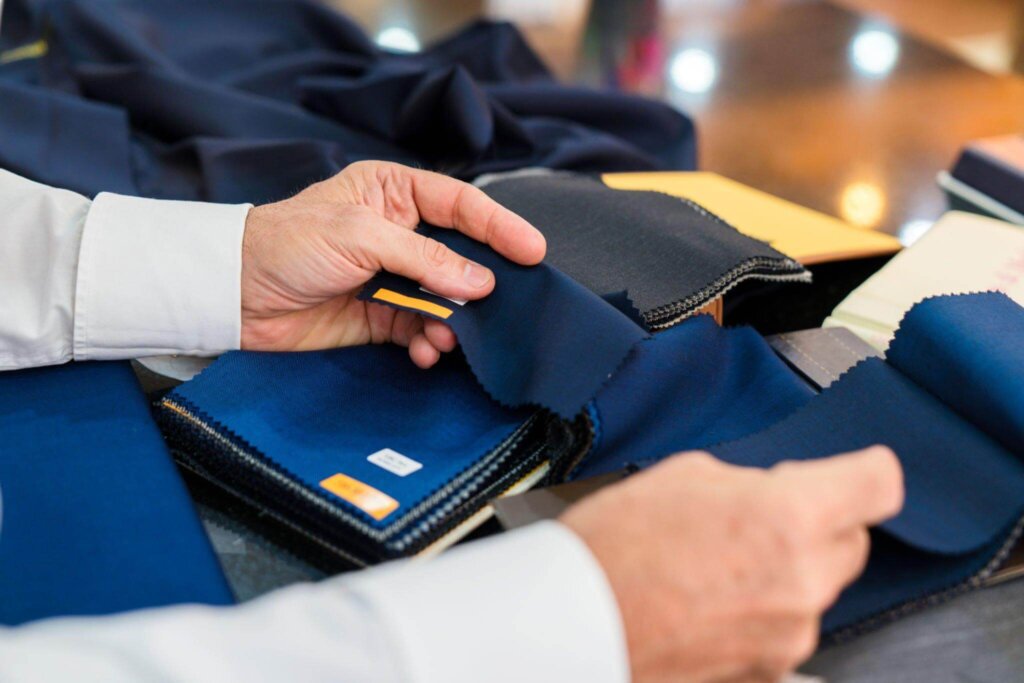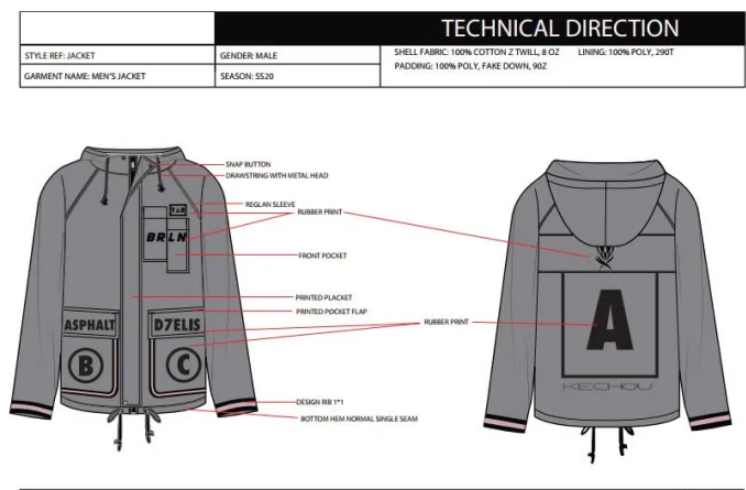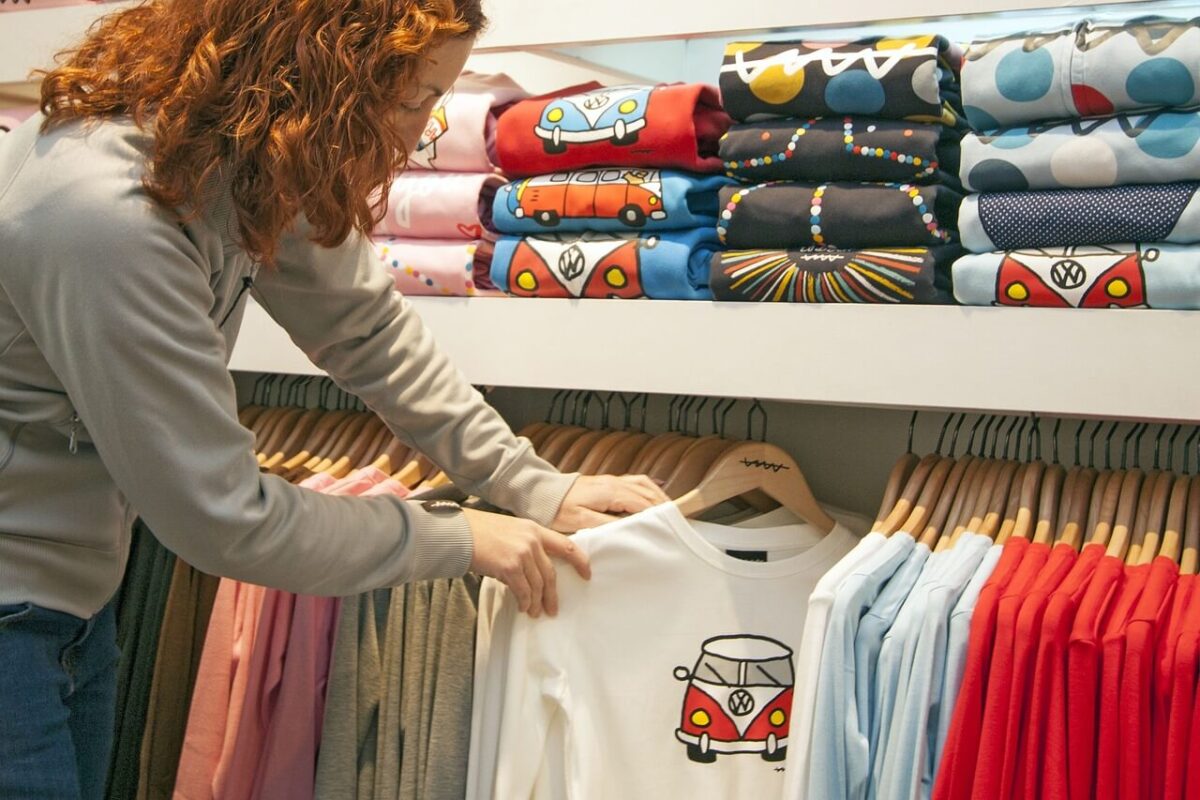But do you know? What are the mere points of finding the perfect clothing? Well, it’s all about fostering the relationship that ensures quality, reliability, and alignment in the brand ethos. Therefore, there are several options to consider whether for the former or the casual wear business all over the world.
According to Statista, the global apparel market is experiencing continuous growth and introducing billions of clothing articles and accessories regularly. So, with the product ideas and the business objective in mind, what are you going to do next? There’s a whole lot to consider, especially if you want to stand out in the competitive phase.
In the guide, we will walk you through the number of choices to help you guide you on how to find a clothing manufacturers for your brand. From the basics to exploring strategies for finding one, we have mentioned everything.
Understanding the Need: Why Do You Need A Clothing Manufacturer

Understanding the needs of the clothing manufacturer is essential for clothing brands looking to stand out in the competitive landscape. If you are just starting your business from scratch then it is important to consider that working with the clothing manufacturer can be risky in terms of finance and time.
But the question often arises why work with the clothing manufacturer? The answer is simple, turning your dream into a reality requires a skilled and robust production process and this is all possible with the clothing manufacturer. They don’t only manufacture your clothes but also use the expertise and resources to convert the concept into a high-quality garment. They have expertise, skilled labor, and equipment to handle everything from the initial to the final production run. Additionally, they also offer the creative freedom to customize the clothing to your desired choice while ensuring the success of the business at the forefront.
Choosing The Right Clothing Manufacturer
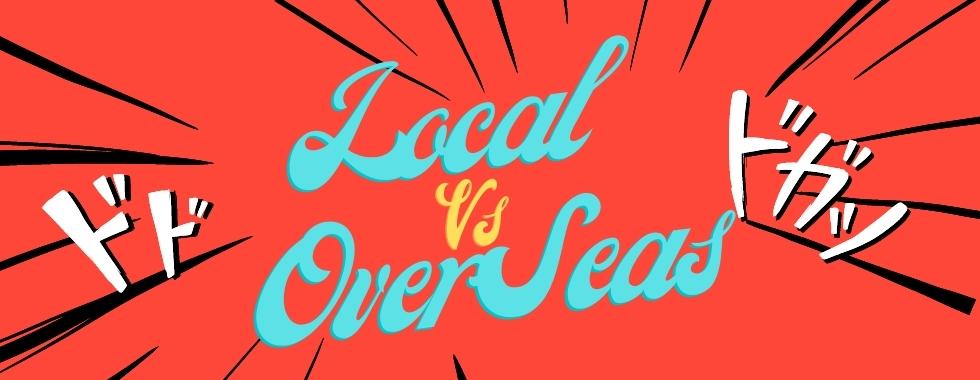
When you are in the market for a clothing manufacturer, then several factors come into play including quality, pricing, capacity, and ethical considerations. Look for a manufacturer who not only resides in these factors but also understands the brand values and needs and manufactures accordingly.
In the marketplace, you might have a couple of options, you’ll first understand whether you want a domestic manufacturer or an overseas manufacturer. However, both of these options bring distinctive advantages and disadvantages. It’s totally up to you to choose the manufacturer that matches your desired quality, funding, and ethical business needs.
-
Domestic Clothing Manufacturers
In the manufacturing world, the hype and demand for sustainability and ethical practices are on a high level. In this regard, domestic manufacturers are the right choice. Working with the manufacturer of your own country can be beneficial and may considerably help your clothing business.
First and foremost working with the manufacturer of the same language can remove the barriers of communicating and understanding the design concept. You can even visit the manufacturer at the time of need, which is impossible in the case of an overseas clothing manufacturer.
However, they come up at a cost, which means they are more expensive, but if you are paying them extra, they will surely bring you a quality product. They always consider detailed manufacturing to strengthen your brand image with buyers who are conscious of sustainability. Furthermore, collaborating with these clothing manufacturers significantly simplifies product shipment and logistics. Working with clothing manufacturers frequently becomes cost-effective for the companies and strengthens the nation’s economy.
-
Overseas Clothing Manufacturers
When you choose to work with an overseas clothing manufacturer, they create the product for your business at a much lower cost than a domestic manufacturer. The US clothing manufacturers for small businesses can help in producing all types of clothing products for dropshipping or online retail.
You have the potential to produce customized apparel or material, providing specialized knowledge that supports your design goal. However, connecting with different time zones and languages has become difficult for businesses. Keep in mind that the quality of the manufacturing product is cheap due to the unorganized working conditions of the factories. Another potential downside is that you may experience a longer shipping time which ultimately becomes more expensive in comparison to the domestic manufacturer.
Where To Find A Clothing Manufacturer
Once you have broken down the solid business plan and grasped the key differences between domestic and overseas clothing manufacturers. You can now begin your search for clothing manufacturers suppliers that help you make clothing according to your business needs.
-
Search Engine: This often seems interesting but search engines like Google are powerful platforms to find clothing suppliers. However, most of the manufacturers don’t update their profile so it’s important to reach them directly. By using keywords such as “clothing manufacturer” or “clothing producers” you can find the top link on the clothing manufacturer. They will surely help you find the right and reliable manufacturer for your business.
Another way is to hire an SEO specialist and ask them to find the clothing manufacturer. There is no doubt it can become cost-effective but in the end, the result will be amazing.
-
Industry Meetups: Industry meetups are another invaluable approach to finding a manufacturer for the clothing business. They bring enough flexibility to interact face-to-face, tailor conversation based on the brand’s needs, and conduct insight research for experienced professionals. By actively engaging in the meetups, you’ll gain insight and easily build a relationship with the clothing manufacturer.
-
Online Directories: Online directories are another valuable resource to find the manufacturer. These directories can help you locate manufacturers, suppliers, and wholesalers for your clothing business.
Online directories like Maker’s Row are the best in the US and Sketch in Europe, or if you are seeking an overseas clothing manufacturer then Kompass is the best platform.
-
Facebook Groups: Facebook groups have now become another source that is filled with supportive communities to help you find the perfect one for your business. There are lots of groups and communities such as “Shopify Entrepreneurs or Kingpinning” that will help you in finding, you just have to read the captain and rules of the group and by asking the questions and posting on it you will have the one.
Finding the perfect one for your business can be crucial. Fortunately, there are various options for navigating this process with ease! You have a plethora of choices at your disposal, like attending industry gatherings and connecting face-to-face, as well as exploring internet directories full of potential partners. By utilizing these many channels, you can confidently navigate the fascinating world of fashion and find a garment manufacturer who shares your brand’s vision. This strong partnership will be a critical driver of your brand’s growth and long-term viability.
Top Strategies For Finding A Clothing Manufacturer

When you are searching for the manufacturer make sure to understand the vision of the brand. Well, it’s good to be clear and concise, make a list of the essential information you are attempting to manufacture.
Before reaching the clothing manufacturers’ suppliers, look at the mentioned five tips to guide you through the manufacturing process.
1. Conduct Thorough Research
Before committing yourself to a clothing manufacturer, conduct a thorough research. Take some time, and investigate their production capabilities a little deeper. Such as:
-
Check out their website
-
Examine whether they are selling a similar product to your needs.
-
Keep your eye on every manufacturing unit.
-
Check out any address or number available online and search out the reviews on it.
To assess a clothing manufacturer’s reputation and reliability, conduct thorough research of their capabilities, track record, review, testimonials, and case studies.
2. Negotiate Price
Many companies overlook this crucial aspect, which results in scams and future hurdles. Negotiating the payment terms and agreements ensures a consistent and transparent manufacturing process. Additionally, always avoid accepting any letter of credit before the manufacturing of the whole order, even if the supplier is verified and trusted.
3. Audit Reports and Certifications
It’s good to ask them for the audit report and certification. While some manufacturers may readily provide the audit report, on the other hand, some may not have undergone it previously. So check out the audit report and certifications keenly and precisely. There are some important points to consider when asking for the audit report:
-
Check out the audit report date and address, they might have changed the address. So it’s good to update and check everything on time.
-
If they have sent you the report, double-check every small detail. In some cases, they borrow the report from the fellow manufacturer and make their own just by changing the name.
Additionally, consider manufacturer certifications like GOTS WRAP OEKO-TEX BCI and also enquire about their previous certification through the reputation channel.
4. Read Customer Reviews
Check out the review of the manufacturer, some of the manufacturers hide it due to confidential matters or the negative impact, but do not hesitate to check out. Typically, they are the social proof of their credibility and manufacturing services, this will further help you to decide whether the manufacturer fits your band needs or not.
5. Inspections
There is no alternative to direct experience gained through a physical inspection when determining the best apparel manufacturer for your company. While online research and industry referrals provide useful information, visiting manufacturing sites in person gives a more in-depth understanding of a manufacturer’s capabilities, operational processes, and worker atmosphere. On-site inspections allow you to immediately analyze the machinery and quality control methods in place, as well as observe how workers are treated.
Conclusion
In sum, finding an apparel manufacturer for the clothing business is not an easy task. With the range of options available, it becomes tricky to decide on one. Well, you all need careful consideration and strategies for optimizing the whole manufacturing business. By prioritizing the inspection and the thorough evaluation of the potential manufacturer you can better find apparel manufacturers.
So, the knowledge you have gained through this guide will help you make informed decisions that align with your business objective and ensure the success and sustainability of your clothing business.


